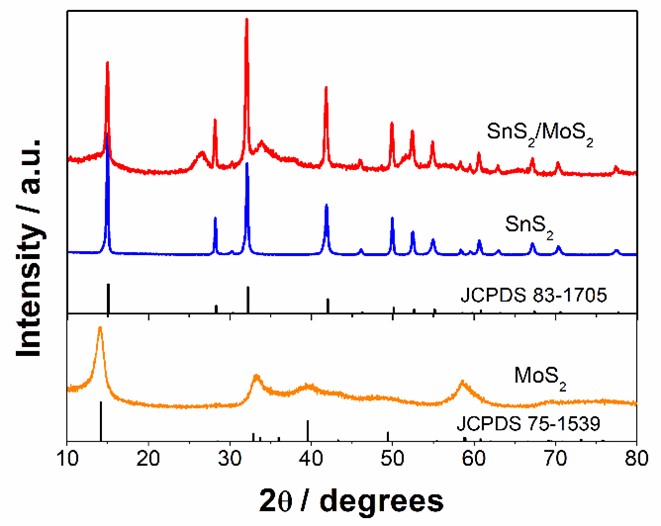Found 16 results
Open Access
Article
17 June 2024Cytosine Deaminase-Assisted Mutator for Genome Evolution in Cupriavidus necator
Cupriavidus necator H16 has been intensively explored for its potential as a versatile microbial cell factory, especially for its CO2 fixation capability over the past few decades. However, rational metabolic engineering remains challenging in the construction of microbial cell factories with complex phenotypes due to the limited understanding of its metabolic regulatory network. To overcome this obstacle, laboratory adaptive evolution emerges as an alternative. In the present study, CAM (cytosine deaminase-assisted mutator) was established for the genome evolution of C. necator, addressing the issue of low mutation rates. By fusing cytosine deaminase with single-stranded binding proteins, CAM introduced genome-wide C-to-T mutations during DNA replication. This innovative approach could boost mutation rates, thereby expediting laboratory adaptive evolution. The applications of CAM were demonstrated in improving cell factory robustness and substrate utilization, with H2O2 resistance and ethylene glycol utilization as illustrative case studies. This genetic tool not only facilitates the development of efficient cell factories but also opens avenues for exploring the intricate phenotype-genotype relationships in C. necator.
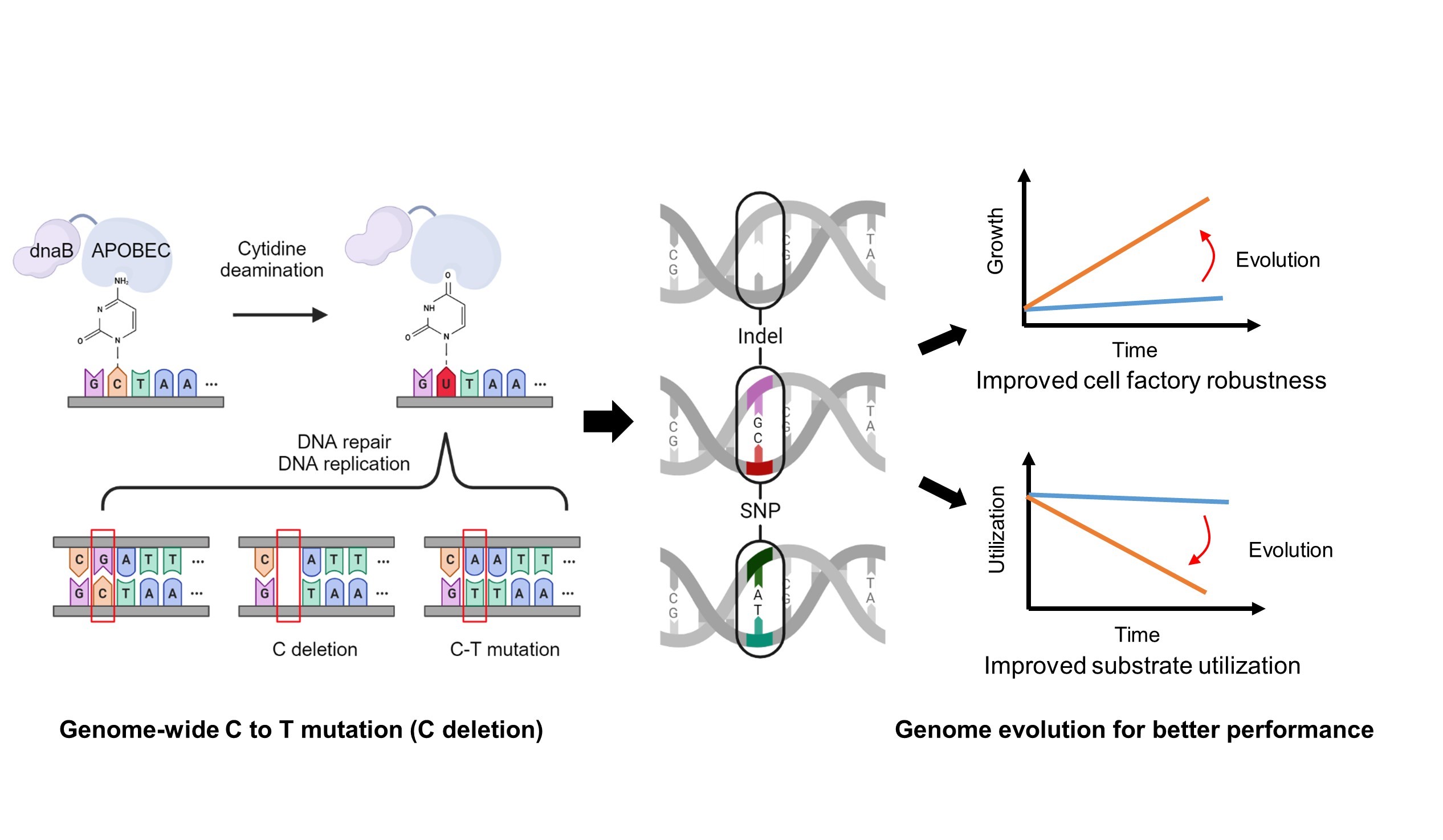
Open Access
Article
29 January 2024The “Global Change Data Base” GCDB Facilitates a Transition to Clean Energy and Sustainability
This article presents the opportunities for constructing a global data base picturing underlying trends that drive global climate change. Energy-related CO2 emissions currently represent the key impact on climate change and thus become here the object of deep, long-term and historiographic analysis. In order to embrace all involved domains of technology, energy economy, fuel shares, economic efficacity, economic structure and population, a “Global Change Data Base” (GCDB) is suggested, based on earlier worldwide accepted data repositories. Such a GCDB works through regressions and statistical analysis of time series of data (on extensive magnitudes such as energy demand, population or Gross Domestic Product, GDP) as well as generation of derived data such as quotients of the former, yielding intensive magnitudes that describe systems and their structural properties. Moreover, the GCDB sets out to compute the first and second time derivatives of said magnitudes (and their percentual shares) which indicate new long-term developments already at very early phases. The invitation to participate in this foresight endeavour is extended to all readers. First preliminary GCDB results quantitatively portray the evolutionary structural global dynamics of economic growth, sectoral economic shifts, the shifts within energy carriers in various economic sectors, the ongoing improvements of energy intensity and energy efficiency in many economic sectors, and the structural changes within agricultural production and consumption systems.
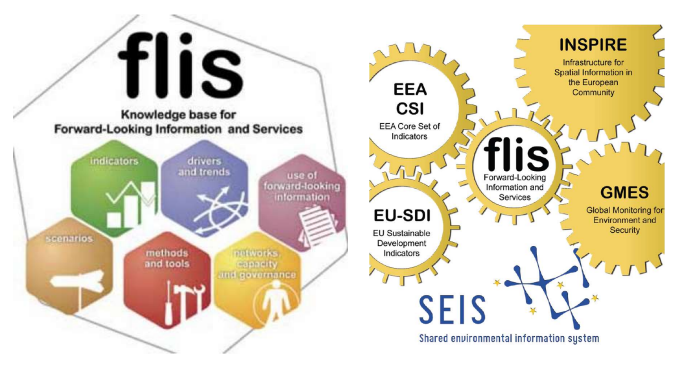
Open Access
Article
05 January 2024Benzene Bridged Carbon Nitride for Efficient Photocatalytic Hydrogen Evolution
Turing the electronic structure by inserting certain functional groups in graphitic carbon nitride (g-C3N4, CN for short) skeleton through molecular doping is an effective way to improve its photocatalytic performance. Herein, we prepare a benzene bridged carbon nitride (BCN) by calcining urea and 1,3,5-tribromobenzene at elevated temperature. The introduction of benzene ring in g-C3N4 layers improves the separation efficiency and lifetime of photogenerated carriers, inhibits the recombination rate of electron/hole pairs, thus the performance of photocatalytic hydrogen evolution improves. The optimal hydrogen evolution rate of 1.5BCN reaches 1800 µmol/h·g, which is nine times that of the pure g-C3N4. DFT calculation proved the benzene bridged CN increased the distance of charge transfer (DCT) and the push-pull electronic effect of intramolecular electrons. This work may provide a pathway for preparing molecular doped g-C3N4 with improved photocatalytic performance.
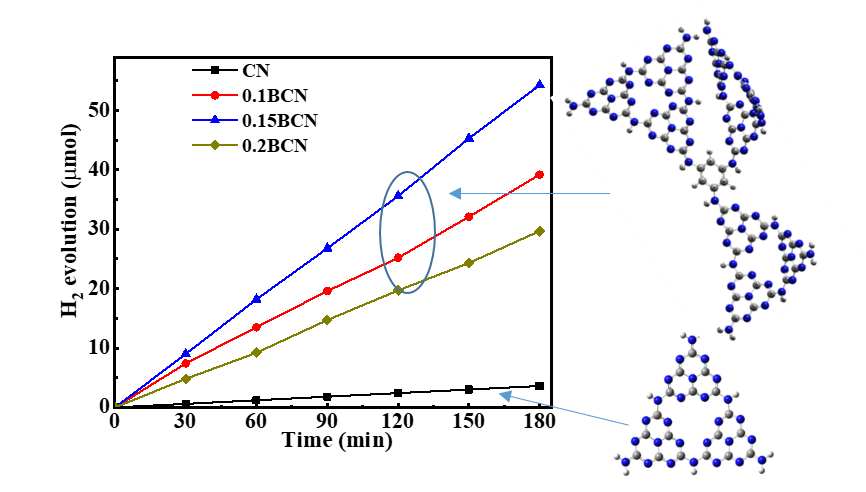
Open Access
Letter
15 December 2023Have We Been Barking up the Wrong Ancestral Tree? Australopithecines Are Probably Not Our Ancestors
The dominant paradigm regarding human evolution since the split with Pan considers australopithecines as hominins, i.e., the closest relatives and/or direct ancestors of Homo. Historically, this paradigm started from the assumption that the Homo/Pan/Gorilla last common ancestor was a knuckle-walking ape that evolved into the fully upright (orthograde), obligate bipedal genus Homo, whereas Pan and Gorilla remained knuckle-walkers. Obligate terrestrial upright bipedalism, unique for our species, is an odd locomotor behaviour for a primate. Therefore, it had become generally accepted that a cooler and drier African climate had caused deforestation, which had forced our ancestors to develop upright bipedalism as an adaptation to living on open grassland savannah. This view, already held by Lamarck and Darwin, appeared most parsimonious in the almost complete absence of fossils. The discovery in the 20th century of australopithecine fossils, bipedal apes with small brains, in open country in southern and eastern Africa corroborated the savannah paradigm. Therefore, australopithecines are considered hominins. However, it is now recognized that most australopithecines instead lived in a mosaic of forests, grasslands and wetlands, and better knowledge of their fossils clearly indicates that they possessed several climbing adaptations. Moreover, none of the extinct ape species older than Australopithecus and Paranthropus for which postcranial remains have been described (e.g., Morotopithecus, Sahelanthropus, Orrorin, Ardipithecus) were knuckle-walking. On the other hand, upright posture/gait is already present to different degrees even in Miocene apes. Moreover, the notion that hominoid orthogrady is a primitive characteristic is corroborated by the growing consensus that knuckle-walking is not a primitive trait but has evolved in parallel, independently in both Pan and Gorilla. Consequently, it is possible that australopithecines are not transitional between a semi-erect ancestor and upright bipedal humans, but to the contrary, are intermediate between a more upright ancestor and extant semi-erect African apes. In summary, hypotheses that attempt to explain how a semi-erect Homo/Pan last common ancestor transitioned into the bipedal australopithecines as an adaptation to life on the savannah appear to be ill-conceived and moreover seem to have been superfluous from the very start. We review the numerous similarities between australopithecines and extant African apes, suggesting that they are possibly not hominins and therefore not our direct ancestors. We suggest that we may have been barking up the wrong ancestral tree, for almost a century.
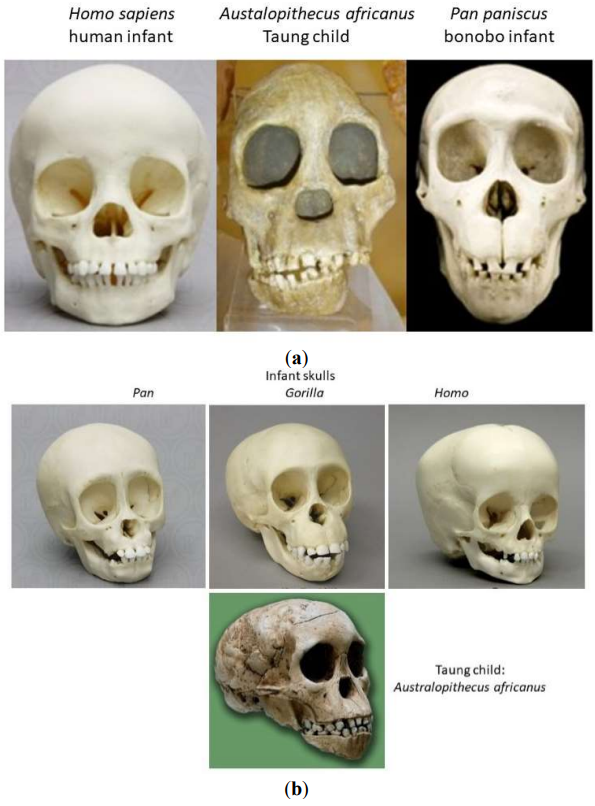
Open Access
Article
14 June 2023Spatio-temporal Evolution and Influencing Factors of Farmland Circulation Price at the County Level in China
Farmland circulation is an important way to achieve moderate scale operation to ensure food security. Based on the spatial analysis and spatial econometric model, this paper studies the spatial-temporal evolution and influencing factors of cultivated land transfer price at the county level in China from 2015 to 2020. The results revealed the following: (1) the circulation price of farmland generally shows paddy field > irrigated land > dry land > other cultivated land. The farmland circulation price in Huang-Huai-Hai Plain is always the highest, whereas that in Qinghai–Tibet Plateau is always the lowest. (2) The spatial pattern of farmland circulation price is high in the south and low in the north, presenting an inverted U-shaped structure from east to west in 2015, and high in the east and low in the west, presenting an inverted U-shaped structure from north to south in 2020. Moreover, the spatial agglomeration was enhanced. (3) With the development of land market and urbanization, the restriction of natural factors of cultivated land on the farmland circulation price weakens, while the socio-economic attribute of cultivated land constantly strengthens. Based on the results, this paper puts forward some suggestions to prevent the overcapitalization of land.

Open Access
Article
03 March 2023SnS2 Quantum Dots Decorated MoS2 Nanosheets Enabling Efficient Photocatalytic H2 Evolution in CO2 Saturated Water
SnS2/MoS2 heterojunction nanocomposite was prepared by a one-step hydrothermal synthesis method. The nanocomposite exhibited much improved photocatalytic hydrogen evolution performance in CO2 saturated solution compared with pure MoS2 and SnS2 samples. The improved photocatalytic activity was attributed to the S-scheme heterojunction structure between SnS2 quantum dots and MoS2 nanosheets which facilitate electron-hole separation both in MoS2 and SnS2. In the S-scheme structure, the strong reduction ability of SnS2 quantum dots was well maintained for the improved H2 evolution. In situ DRIFT studies allowed us to suggest reaction pathways from CO2 and H2O to photocatalytic H2, CO, and CH4 generation.
